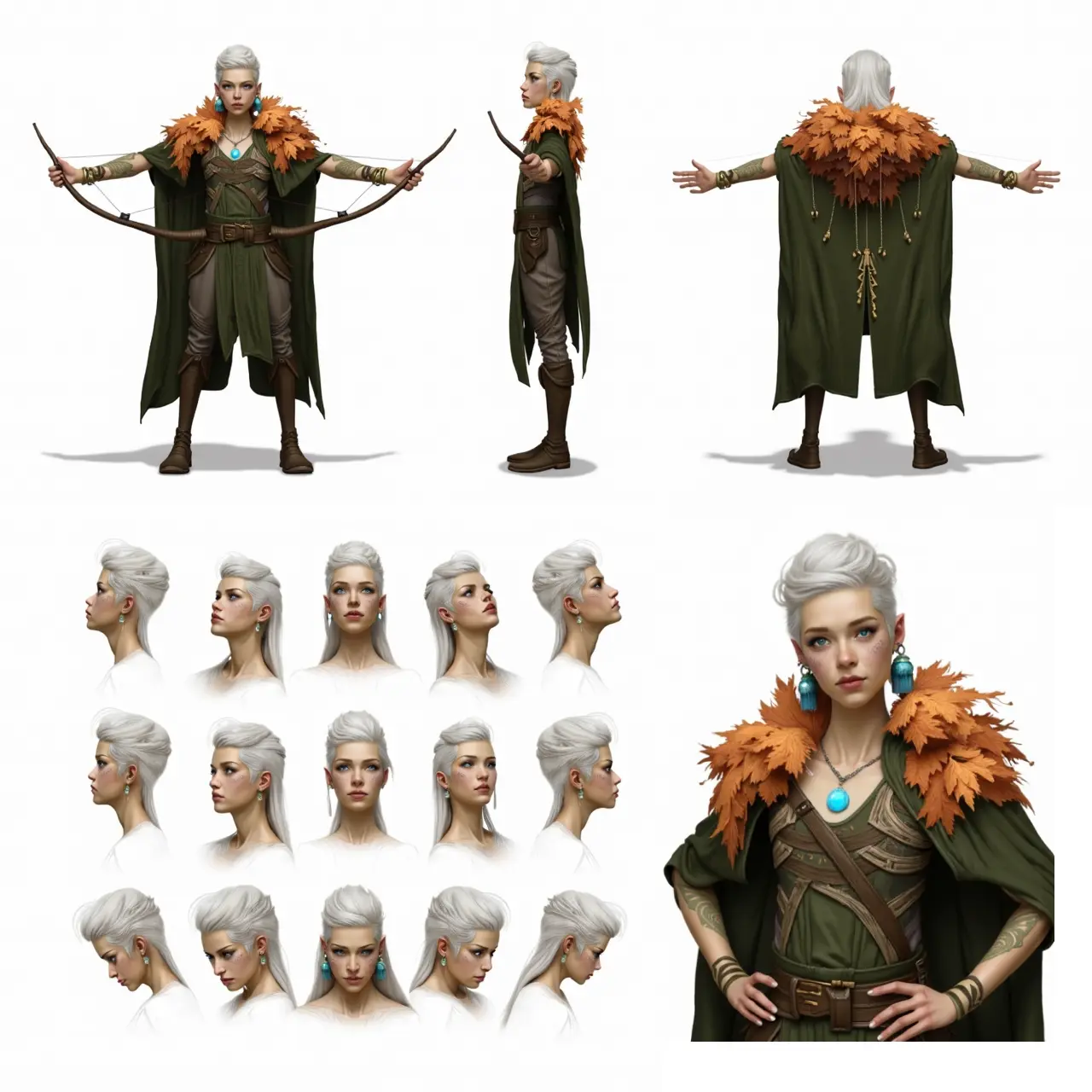ComfyUI Node: SVFR_img2mask
SVFR_img2mask
CategorySVFR
smthemex (Account age: 639days) Extension
ComfyUI_SVFR Latest Updated
2025-03-12 Github Stars
0.09K
How to Install ComfyUI_SVFR
Install this extension via the ComfyUI Manager by searching for ComfyUI_SVFR- 1. Click the Manager button in the main menu
- 2. Select Custom Nodes Manager button
- 3. Enter ComfyUI_SVFR in the search bar
Visit ComfyUI Online for ready-to-use ComfyUI environment
- Free trial available
- 16GB VRAM to 80GB VRAM GPU machines
- 400+ preloaded models/nodes
- Freedom to upload custom models/nodes
- 200+ ready-to-run workflows
- 100% private workspace with up to 200GB storage
- Dedicated Support
SVFR_img2mask Description
Converts input image to binary mask highlighting specific areas of interest, crucial for image segmentation and AI artists.
SVFR_img2mask:
The SVFR_img2mask node is designed to convert an input image into a mask, which is a binary representation highlighting specific areas of interest within the image. This node is particularly useful in tasks such as image segmentation, where distinguishing between different regions of an image is crucial. By analyzing the pixel intensity values, the node determines which areas should be masked based on a specified threshold. This functionality is beneficial for AI artists who need to isolate certain parts of an image for further processing or artistic manipulation. The node offers flexibility in terms of image dimensions and cropping options, making it adaptable to various image processing needs.
SVFR_img2mask Input Parameters:
image
The image parameter is the input image that you want to convert into a mask. It should be in the format [B, H, W, C], where B is the batch size, H is the height, W is the width, and C is the number of color channels, typically 3 for RGB images. This parameter is crucial as it serves as the base for mask generation.
threshold
The threshold parameter determines the cutoff value for distinguishing between masked and unmasked areas in the image. Pixels with intensity values above this threshold will be treated differently than those below it. The default value is 0, with a minimum of 0 and a maximum of 254. Adjusting this value allows you to control the sensitivity of the mask generation process.
center_crop
The center_crop parameter is a boolean option that, when set to true, enables the center cropping of the image before mask generation. This can be useful if you want to focus on the central part of the image, potentially ignoring less relevant outer areas. The default value is false.
width
The width parameter specifies the width to which the image should be resized before processing. This allows for consistent mask generation across images of varying original sizes. The default width is 512 pixels, with a minimum of 128 and a maximum of 2048 pixels, adjustable in steps of 64.
height
The height parameter defines the height to which the image should be resized. Similar to the width parameter, this ensures uniformity in mask generation. The default height is 512 pixels, with a minimum of 128 and a maximum of 2048 pixels, adjustable in steps of 64.
SVFR_img2mask Output Parameters:
mask
The mask output is a binary representation of the input image, where certain areas are highlighted based on the threshold parameter. This mask is useful for identifying and isolating specific regions within the image, facilitating further processing or artistic effects. The mask is returned as a tensor, making it compatible with various image processing workflows.
SVFR_img2mask Usage Tips:
- Adjust the
thresholdparameter to fine-tune the sensitivity of the mask. A lower threshold may result in more areas being masked, while a higher threshold will be more selective. - Use the
center_cropoption if your area of interest is primarily in the center of the image, which can help reduce processing time and focus on the most relevant parts. - Ensure that the
widthandheightparameters are set to values that match your desired output size, especially if you plan to use the mask in conjunction with other images or processes.
SVFR_img2mask Common Errors and Solutions:
"If use inpainting need link a mask or a batch mask in the front."
- Explanation: This error occurs when the inpainting task is selected, but no mask is provided as input.
- Solution: Ensure that a valid mask is linked to the node when using the inpainting mode. This mask should be a tensor with appropriate dimensions.
"input mask is not a useful, looks like a default comfyUI mask"
- Explanation: This error indicates that the provided mask is not suitable for processing, possibly due to incorrect dimensions or default values.
- Solution: Verify that the mask input is correctly formatted and not using default values. The mask should have meaningful data and match the expected dimensions.
"check input mask's shape"
- Explanation: This error suggests that the shape of the input mask is not compatible with the expected format.
- Solution: Ensure that the mask has the correct dimensions, either [1, H, W] or [H, W], and that it is not a single-channel tensor with default values.
SVFR_img2mask Related Nodes
RunComfy is the premier ComfyUI platform, offering ComfyUI online environment and services, along with ComfyUI workflows featuring stunning visuals. RunComfy also provides AI Playground, enabling artists to harness the latest AI tools to create incredible art.

